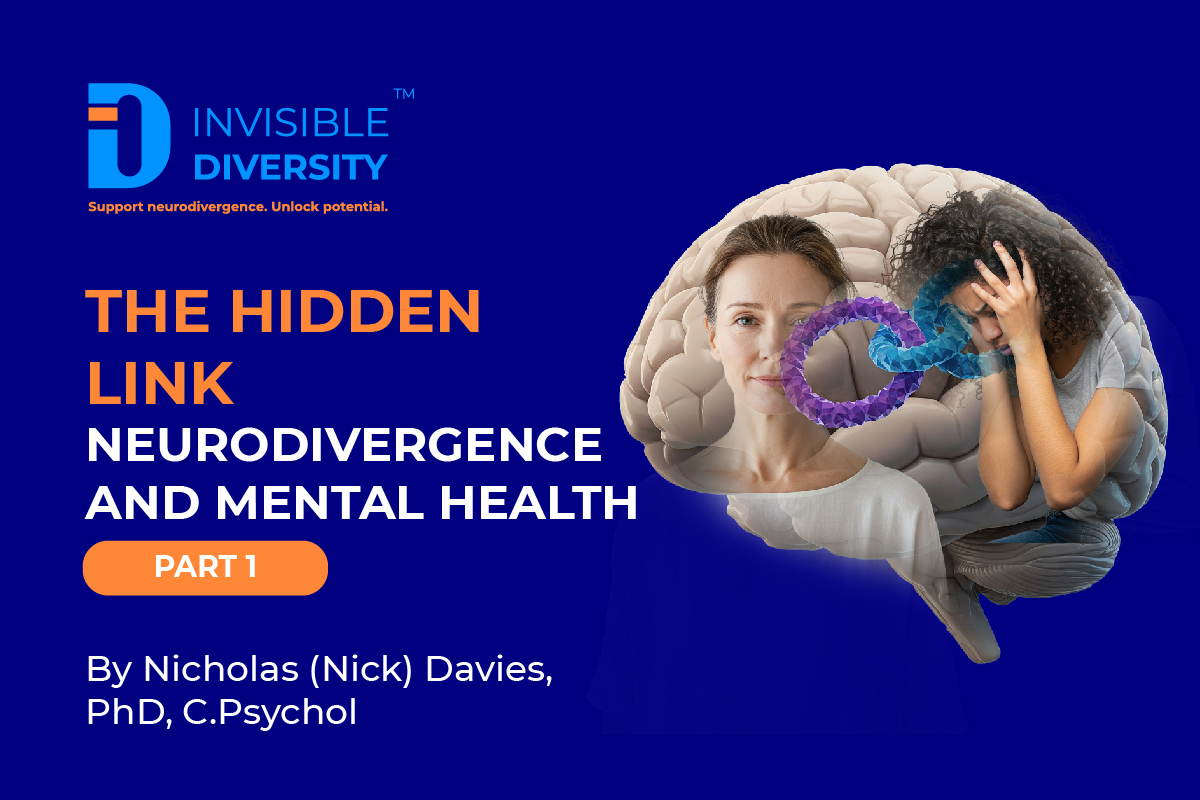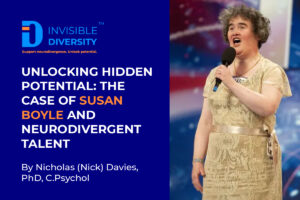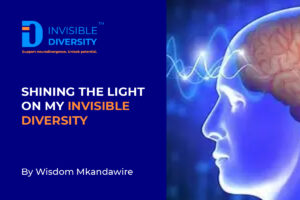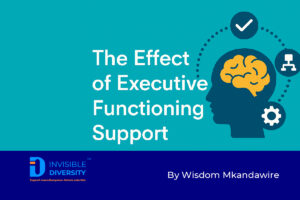When we talk about neurodivergence—the natural variation in how human brains are wired—autism and ADHD often take centre stage. Autistic and ADHD individuals bring unique strengths to teams, such as creative problem-solving, deep focus, and innovative thinking. They offer fresh perspectives that can enhance collaboration and foster new ideas. However, these differences can sometimes lead to challenges, particularly when it comes to navigating mental health. Anxiety and mood disorders, for instance, are common companions for many neurodivergent individuals.
Studies consistently show that neurodivergent people have a higher likelihood of developing mood or anxiety disorders with the disabling barriers of neurotypical society a significant factor. Regarding prevalence, one study found that the lifetime prevalence of anxiety disorders among adults with autism spectrum disorder (ASD) is 42%, while 37% will experience a depressive disorder. By contrast, the prevalence of anxiety disorders in the general U.S. adult population is around 18%.
Autism and Anxiety: A Complex Relationship
While anxiety, depression, and mood disorders frequently co-occur with autism, the reasons behind this connection aren’t always obvious. It’s easy to trivialize or normalize these struggles with statements like, “We all feel anxious sometimes.” But this isn’t about everyday anxiety or occasional low mood. For many autistic individuals, anxiety is deeply rooted in their neurology and context-specific experiences.
Research highlights that autistic people often experience anxiety in unique ways. Unlike “everyday anxiety,” autism-specific anxiety can stem from uncommon phobias—such as fears of facial hair or toilet seats—or from social confusion, obsessive worries about losing access to a special interest, or irrational fears that a partner might abandon them. This anxiety arises from uniquely autistic contexts and experiences, reflecting valid responses to specific situations that may not be immediately understood by others.
The Neurological Roots of Anxiety in Autism
A deeper explanation lies in the brain’s structure and function. The amygdala, often called the brain’s “threat detector,” plays a key role in processing fear and emotional responses. In many autistic individuals, the amygdala is significantly more active than in non-autistic people, making them more sensitive to perceived threats. Imagine your brain’s alarm system being on high alert all the time—it’s exhausting and leaves you constantly on edge.
A long-term study by the UC Davis MIND Institute found that alterations in the amygdala are associated with anxiety development in autistic children. This research supports the existence of autism-specific types of anxiety. Additionally, research funded by the National Institutes of Health suggests that difficulty processing sensory information during infancy can stress the amygdala, leading to its overgrowth. This overgrowth is implicated in autism-related symptoms.
Another important factor is the hypothalamic-pituitary-adrenal (HPA) axis, which regulates the body’s stress response. When functioning properly, the HPA axis helps manage everyday challenges by releasing cortisol, the stress hormone. However, for many neurodivergent people, the HPA axis is overactive, flooding the body with cortisol and keeping it in a state of chronic hyperarousal. This heightened stress response makes it difficult to cope with sensory or social demands and can quickly escalate into overwhelming anxiety or panic-like symptoms.
Brain Connectivity and Anxiety
Communication between different brain regions also plays a crucial role in anxiety. Neurodivergent brains often exhibit either hyperconnectivity or hypoconnectivity. One study suggests that hyperconnectivity in the salience network—a system that detects and prioritizes relevant stimuli—may be a distinguishing feature in children with autism. The salience network’s association with the amygdala helps regulate the autonomic nervous system and physiological arousal. This hyperconnectivity may explain why autistic individuals perceive their environment as more threatening, leading to heightened arousal and anxiety. That said, many autistic individuals develop effective strategies to manage these responses, such as using structured routines, sensory tools, or mindfulness practices to reduce stress and improve emotional regulation.
Information Processing Differences
Autism is also associated with unique information processing styles. One model suggests that autistic brains process information sequentially—one piece at a time—while neurotypical brains process information in parallel, taking in multiple pieces simultaneously.
A helpful analogy is assembling a puzzle (take a Rubic’s cube, for example, where each block represents a discrete piece of data): when entering a new environment, a neurotypical person receives the ordered Rubic Cube with all sides matching (all sensory data ordered and connected), and can immediately grasp the full context. In contrast, an autistic person receives a ‘jumbled’ Rubic’s Cube, and must engage in significant cognitive effort and time to order and re-order the discrete data until it all correctly lines up and an ‘un-jumbled’ Rubic’s cube (the whole picture) is accessed. This prolonged period of uncertainty can naturally lead to anxiety and stress.
Autistic individuals often seek structure, familiarity, and predictability because these elements reduce the need to process new information spontaneously. Uncertainty is a significant driver of anxiety, and autistic people may experience it far more frequently than neurotypical individuals.
ADHD and Anxiety
While this blog focuses primarily on autism, ADHD also contributes significantly to heightened anxiety. Executive function difficulties, for example planning, organizing, regulating emotions can make everyday tasks feel chaotic and overwhelming. Worrying about how much—or how little—you’ve accomplished, missing deadlines, forgetting important details, or struggling to maintain focus can all fuel anxiety over time.
Other Neurodivergent Conditions and Anxiety
The connection between neurodivergence and anxiety extends beyond autism and ADHD. For example, individuals with dyslexia, dyscalculia, or dysgraphia may experience anxiety due to the expectations and pressures of the social environment. These individuals often carefully avoid situations that might expose their differences, further reinforcing feelings of anxiety.
Looking Ahead
In our next blog, we’ll explore the link between neurodivergence and depression, shedding light on another important aspect of mental health for neurodivergent individuals.




